I love when the dry season starts in Costa Rica, the sunny weather really makes me feel the harvest atmosphere, we know that the harvest is coming as soon as we see nice sunsets and indigenous people arriving to the farms, coming mostly from Panama to pick the coffee cherries. The first week, after I came back from Oslo, I planned to do some farm visits. As usual I started my morning with a fresh cup of coffee and since I grew up in Tarrazu and this is where my parents live I began my visits to different micro mills within this region. As some of you might know, Tarrazu is the largest coffee region in Costa Rica, therefore to see all the different communities takes time. After I finished my farm trips in Tarrazu I went to visit other farmers in Central Valley, West Valley, Brunca and Guanacaste region. I wanted to get an idea on how the harvest was looking, what farmers were expecting, I gave them feedback and the purchasing proposal we putted together with NA buying team. Some of the first insights at that stage were that the harvest seemed to be late compared to other years, e.g in Central Valley they usually had the peak of harvest the first week of December and instead they were expecting to have it during the last week of the same month, for Tarrazu and West Valley they were predicting to have the main harvest during late January, February and at altitudes such as 1900-2100 masl during late March with lower production than other years.
- Indigenous pickers from Panama
- Visiting farmers in West Valley
I kept pretty busy the first weeks of the harvest visiting farmers and organizing everything in order to have a cupping room in the farms, in my opinion it was good to do it this way because we still didn’t have much samples to cup. During January was when we got the first offer samples from Brunca region, we learnt from the year before that we wouldn’t take samples from farmers until they were representing an actual stock lot, it doesn’t make much sense to cup samples that represent a small portion of the whole lot. And that’s why we emphasized the importance for farmers to give us samples that represent the whole lot. We kept pretty busy the first weeks of January doing the quality control for the Brunca region samples, we found some interesting coffees and varieties coming from there, we ended up buying for the second year some coffee from this region even though we are little bit skeptical with this region because we’re not very familiar with the quality and shelf life yet. It was great to have Mariano helping me in the lab, we divided the tasks pretty well in order to be efficient, get out samples quickly to clients a and to cup more, it was something we wanted to improve this harvest. In mid January we started cupping samples from Tarrazu, West Valley and Central Valley. By then we got a better idea on how the coffees from the different regions were tasting this harvest. It is always exciting to cup the first coffees from the harvest. We forwarded the samples, that we thought had potential from the producers we’ve been working with to the lab in Oslo for them to take buying decisions. I remember our buying team thought that the first coffees were good but not outstanding for the prices Costa Rican producers wanted. And then as the harvest develop more and we were finishing to collect samples, we thought the quality improved. As usual we find amazing coffees coming from the higher elevations which are ready later in the harvest.
We have invested in a better equipment for the lab in Costa Rica, we have an Ikawa, moisture and water activity meter, our visitors like the lab that Don Eli micro mill built and that we rented for the months we needed it, we also used Ceca’s lab in the city many times when we needed, which is great because they have more capacity to roast and cup than we do. We started using Cropster lab and an Excel system that makes everything more organized, we can keep track of the data and we have a better system for our stock, purchases and sales. We had for the first time an assistant and agronomy engineer, Mariano, to help me with everything and assist in the agronomy and quality control field. We structured the buying and sales system better, even though is not easy and we know we can still improve it.
- Cupping in our lab
- Cupping lab
- Cupping with producers
Like everything during these three years of operations in Costa Rica we experience challenges, one of our biggest challenges are the high prices and sometimes the quality produced doesn’t justify the high prices. We are trying to find ways to add value for our clients to come to Costa Rica and buy coffees at fair prices to be able to support the farmers in a sustainable way, e.g with better marketing material, quality control, traceability, transparency and other important aspects that can improve the quality and value of the coffee. Also it was challenging for me during the negotiation to not a have from some producers a set price and volume that allowed me to work efficiently, the negotiation process was much easier and faster once I had a set price and volume from the farmers than when I didn’t. We will have to find better ways to adapt to climate change, as we see now it’s one of the biggest challenges for farmers. Besides these challenges there has been a transition and change on who is leading NA buying program for Costa Rica and this has made the process a little bit difficult for us to understand better how things work and to do this as smooth as possible. I understand is a process and we all are learning, but definitely something we can get better at.
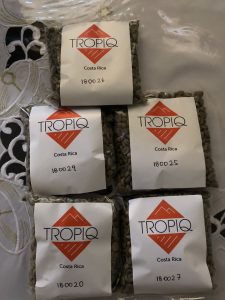
Preparing samples
First Costa Rica became pretty famous for its natural and honey process, this year we have seen a grow in other experiments like Anaerobic process, where the farmers leave the beans in a sealed container without air for some days, some of them are using fruits and spices to add flavors to the coffee, most of these coffees turned out to be very funky and crazy, but some of them taste like some honeys. Farmers are doing small amounts because it requires more time, work and therefore higher costs than a “normal” process. The most common varieties in Costa Rica are Caturra and Catuai, despite we’ve seen more producers planting new varieties with good cup quality and that are leaf rust resistant like the famous Hybrids that are genetically made in Labs, some of them are a mix of Rume Sudan and Sarchimor, we also have seen good results with Marsellesa, Centroamericano, Esperanza and others. Also we have some farmers growing in smaller scales some exotic varieties like Geisha, Moka, Sl-28, Rume Sudan, Heirloom from Ethiopia and others. One of the best examples of many different varieties growing in Costa Rica is Coffea Diversa garden, they have around 600 botanical coffee varieties.
- Tarrazu during harvest
- The sunny season
- La Montana micro mill doing anaerobic process
In my opinion Costa Rica specialty coffee future is going in a direction where we have to specialize in just really high quality, unique varieties and processes. We need to find ways to differentiate from the rest of the origins, we are building a country brand for being a small region with unique characteristics and coffees. We are going to be a niche for privileged buyers, I think that in the future most likely not all buyers are going to be able to purchase coffees from Costa Rica. We know our production is going down but it’s not going to disappear. There are signs that tells us that Costa Rica is a differentiated origin, e.g the big companies like Starbucks are putting their hands down and investing in this country because they think Costa Rica is going to be like the best, small and unique region in wine but for coffee. The visionaries think about the future of this country as a niche for only amazing quality and economical activities that complement it like tourism and gastronomy. We can expect in the next years companies and professionals in Costa Rica researching more, doing more scientific analysis and experiments in the different fields: agronomy, quality control, processing.
- Origin Approach 2018 Costa Rica
- Marianela showing customers around farms
- Starbucks Hacienda Alsacia
- Marianela speaking at Origin Approach
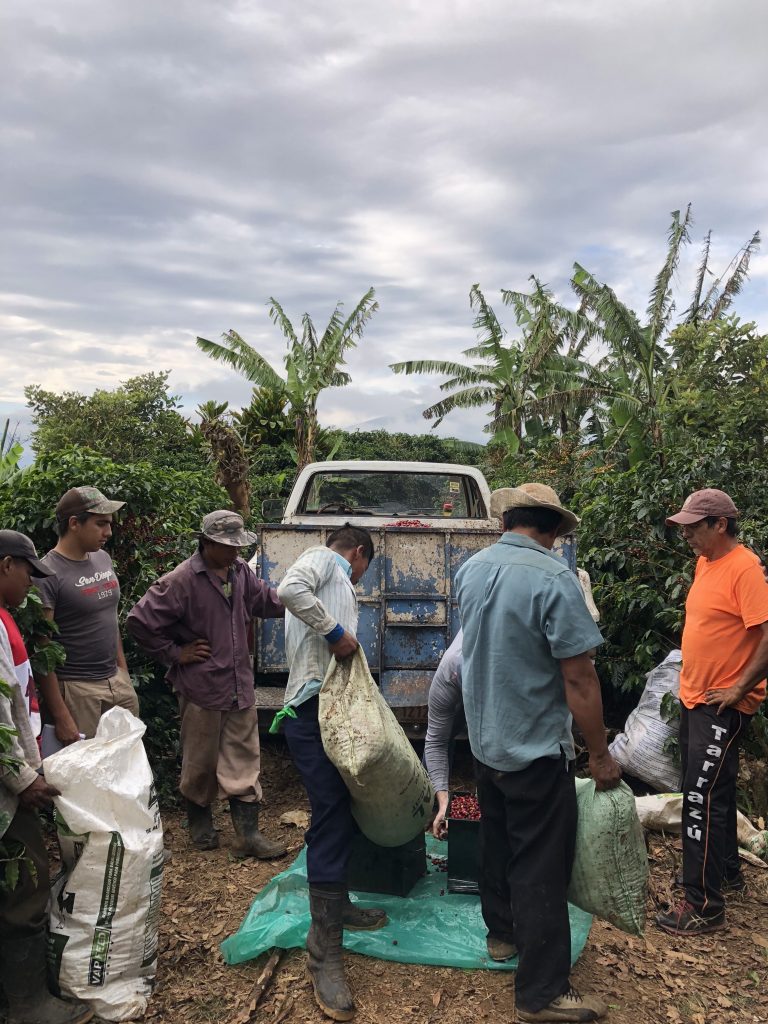
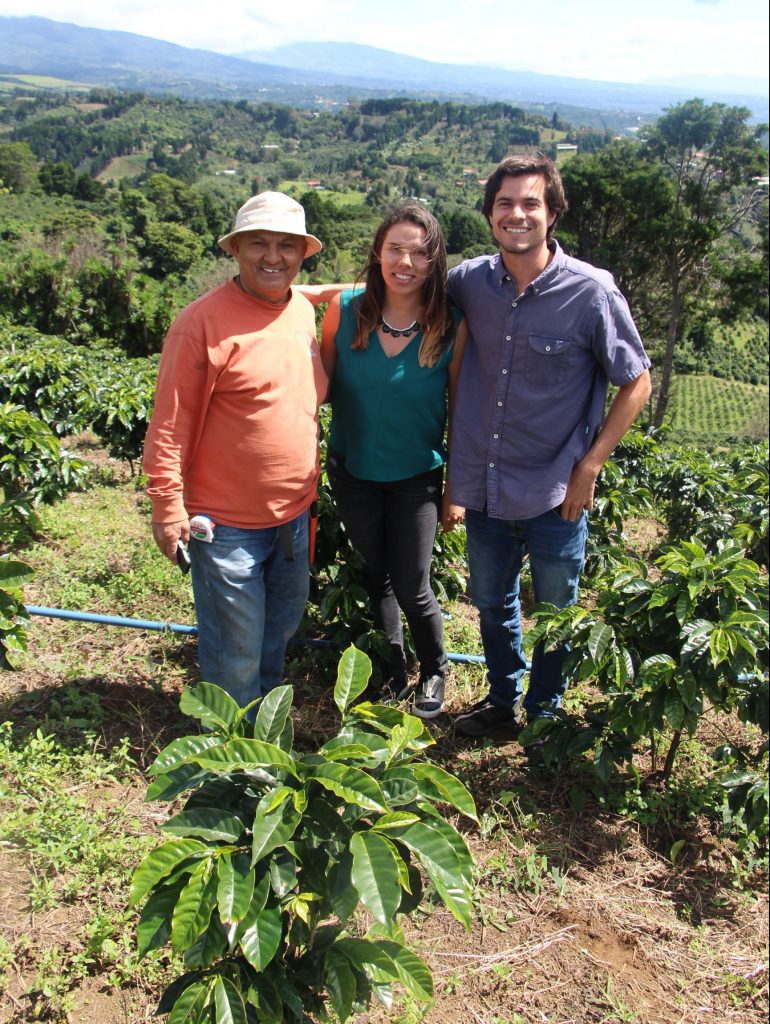
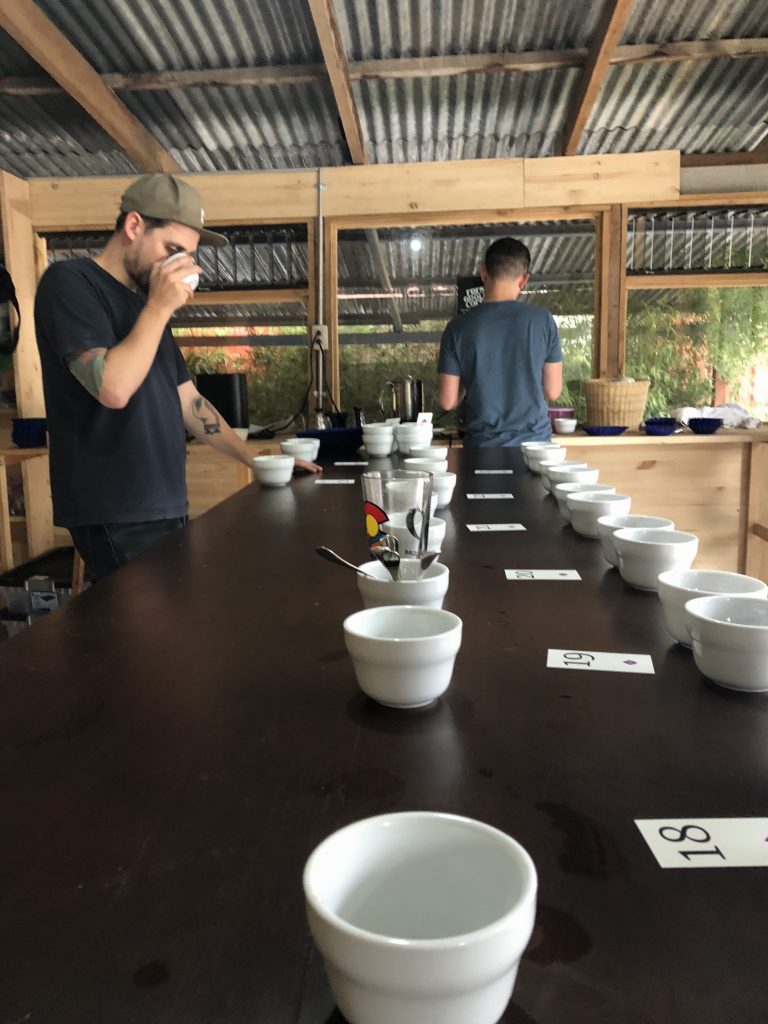
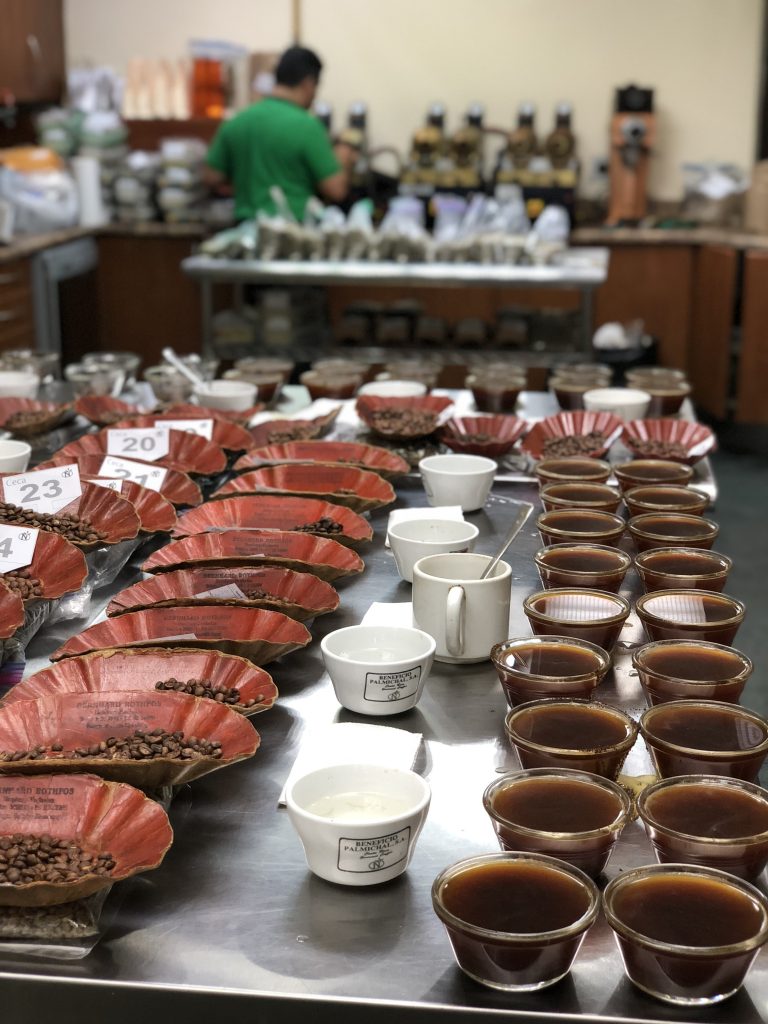
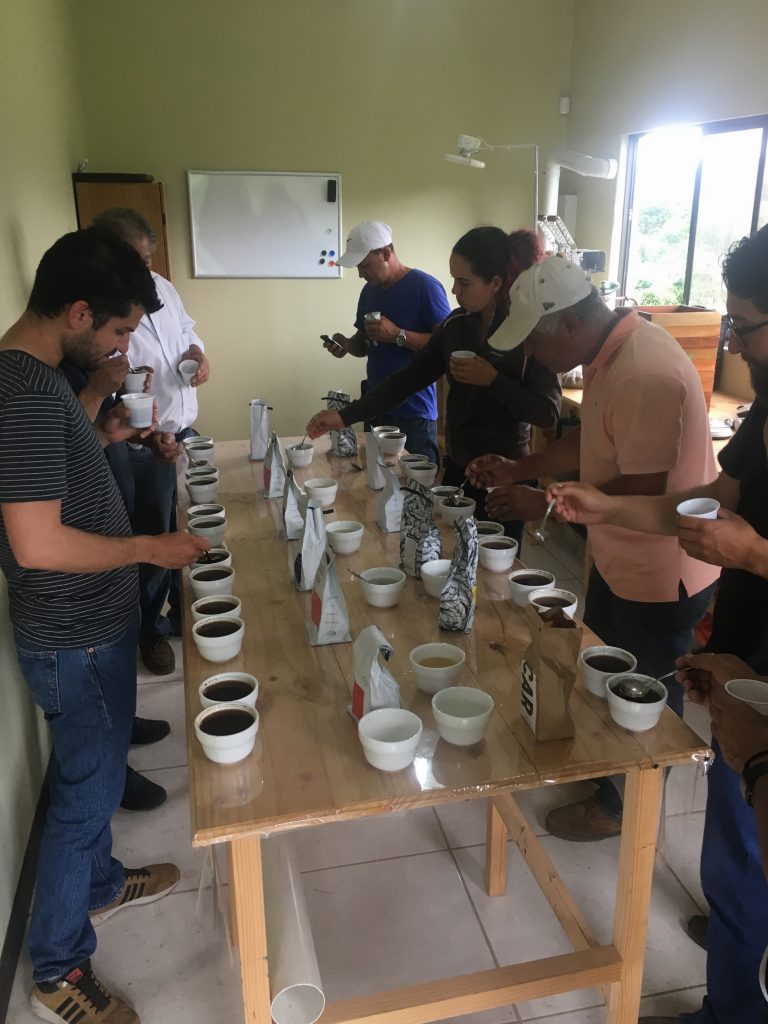
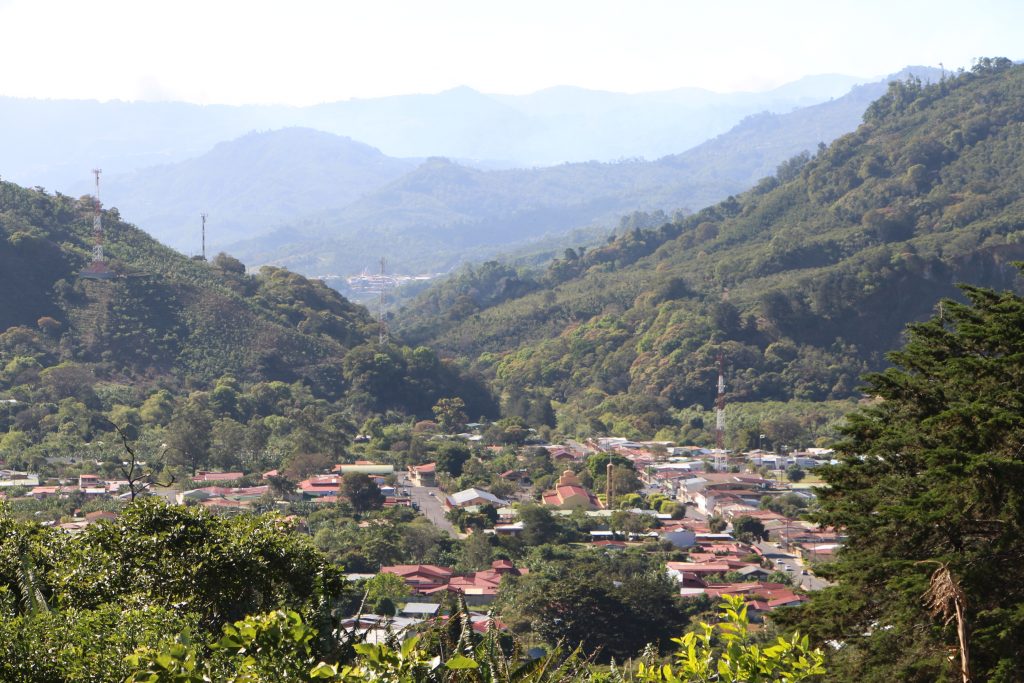
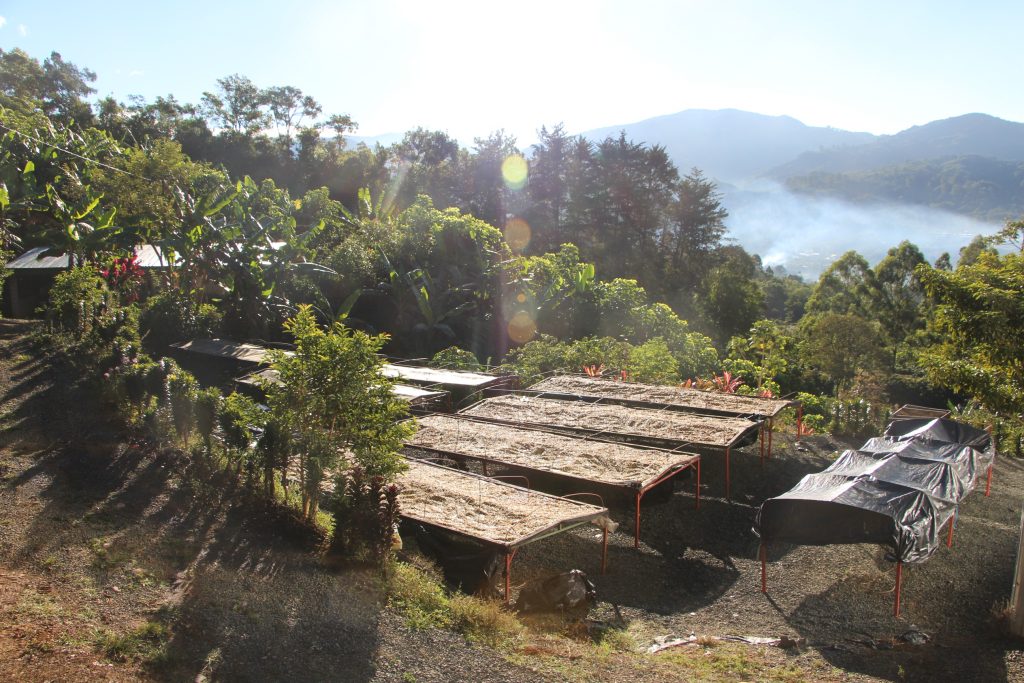
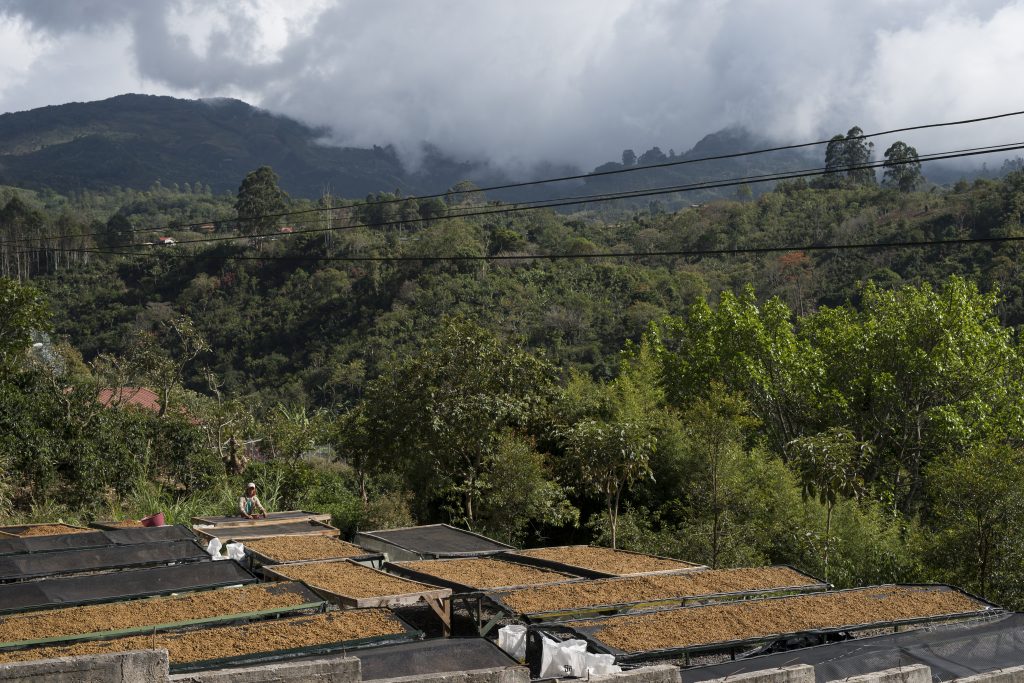
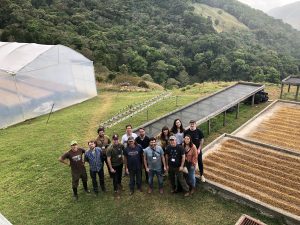
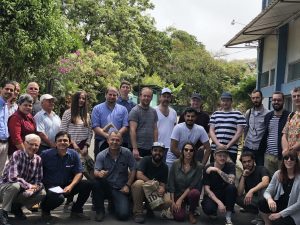
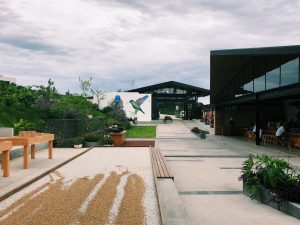
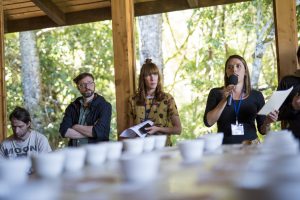
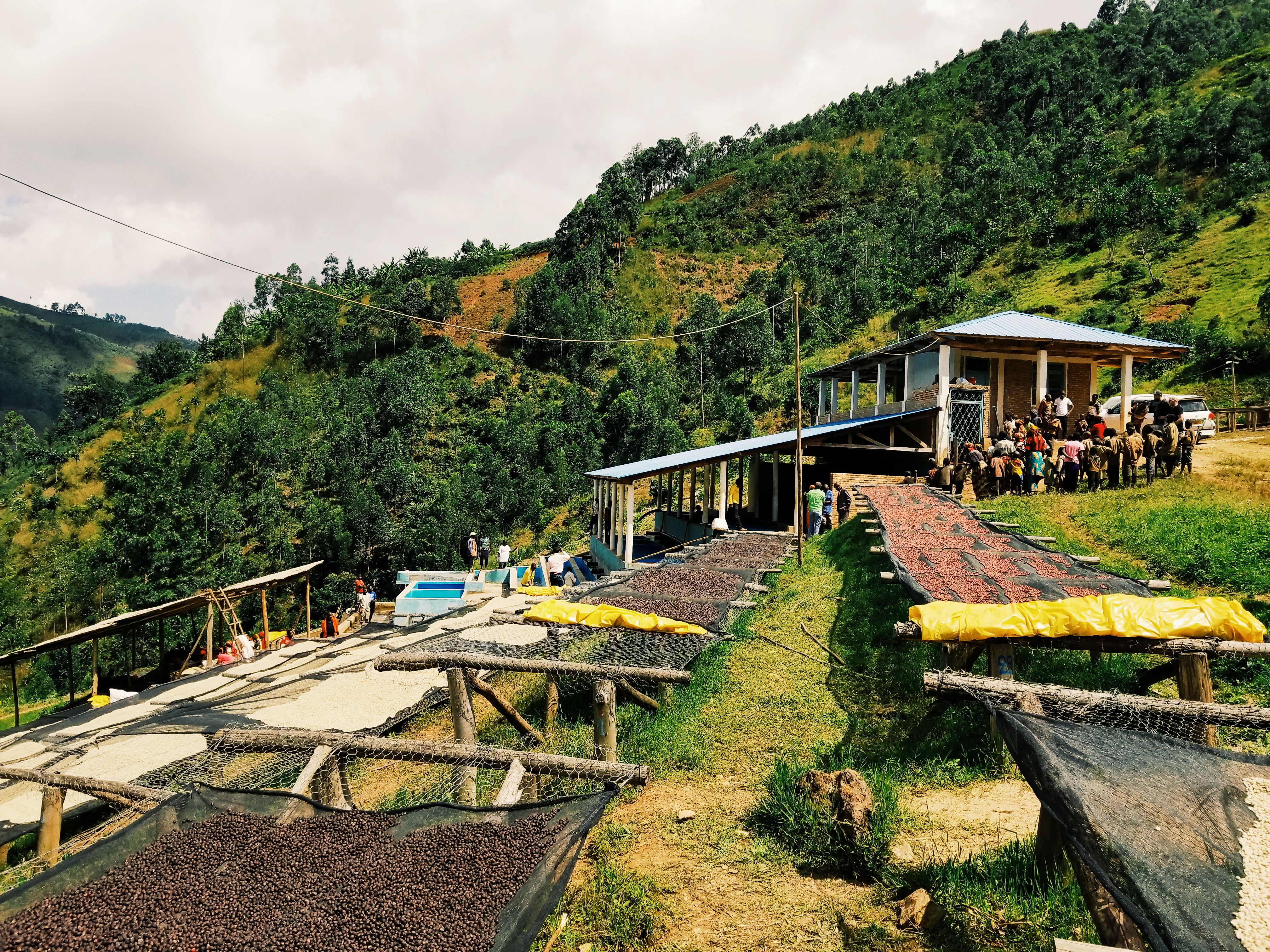

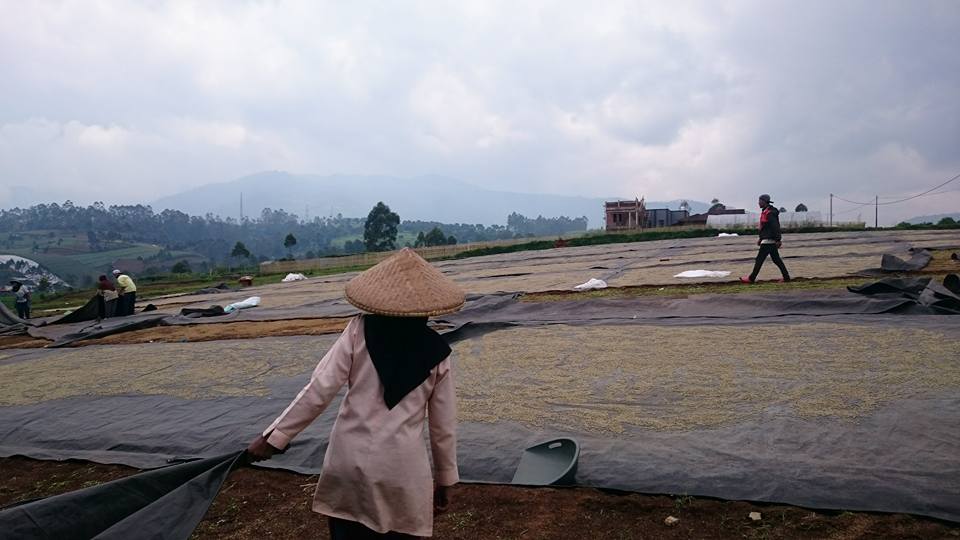
0 Comments